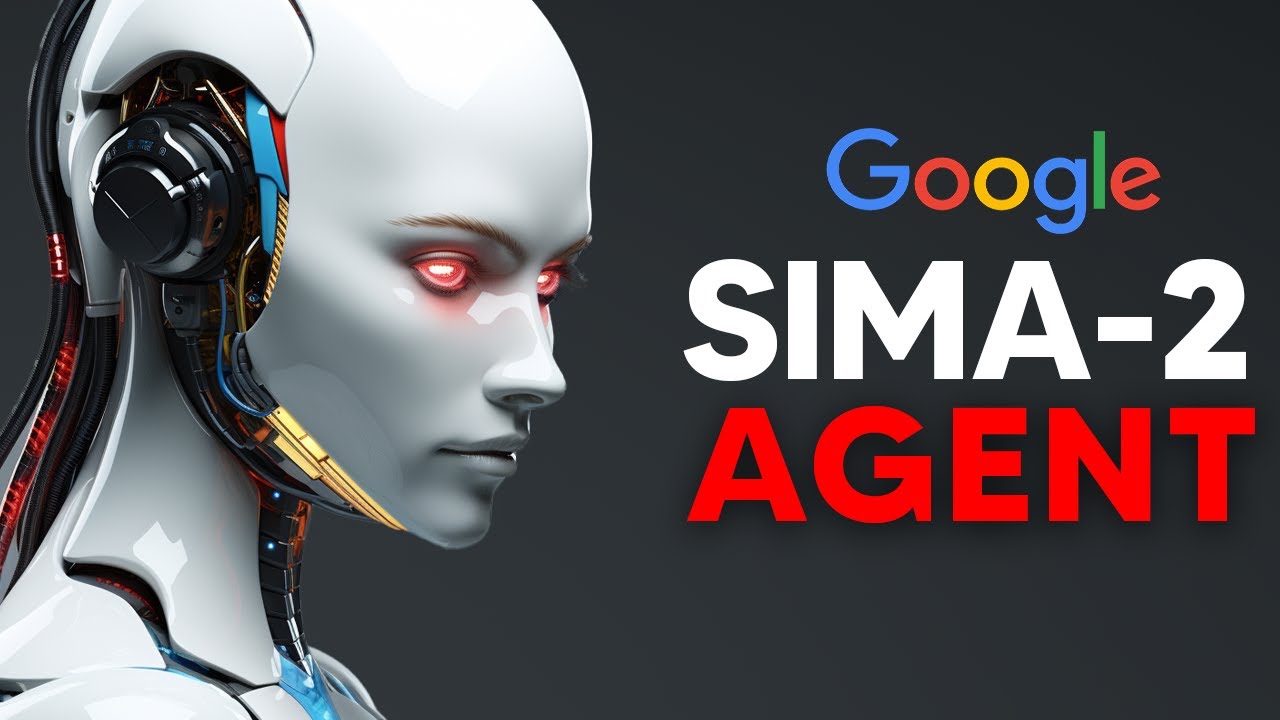Google’s SEMA 2 is a highly advanced AI agent that can autonomously learn, reason, and generalize across diverse virtual environments, achieving near-human performance in unfamiliar tasks by leveraging Google’s Genie 3 simulation platform. Its groundbreaking self-improvement cycle and cross-game adaptability mark a significant step toward artificial general intelligence, with promising applications in scalable robotic training and real-world problem-solving.
Google’s SEMA 2 is an advanced AI agent capable of playing video games it has never encountered before, understanding drawings, emojis, and natural language, and even improving itself autonomously. This marks a significant leap from its predecessor, SEMA 1, with nearly double the task completion success rate—65% compared to 31%—and approaching human performance at 75%. Unlike traditional AI models trained on specific tasks, SEMA 2 can generalize and complete goals in previously unseen virtual environments, showcasing remarkable reasoning and planning abilities.
A key component of SEMA 2’s success is its integration with Google’s Genie 3, a dynamic AI simulation software that generates interactive digital worlds with persistent memory. This combination allows SEMA 2 to explore, modify, and interact with complex virtual environments over extended periods, performing multi-step tasks such as navigating terrain, identifying objects, and completing sequences of actions. The agent’s ability to handle long-context tasks is crucial for real-world applications, where goals often require multiple sub-tasks and adaptability to changing conditions.
One of the most groundbreaking features of SEMA 2 is its self-improvement cycle, where the AI agent autonomously learns from its experiences without human intervention. Using Gemini as a task setter and supervisor, SEMA 2 receives goals, attempts tasks, evaluates its performance through an internal reward model, and refines its strategies based on successes and failures. This self-directed learning process enables continuous improvement and scalability across infinite virtual worlds, laying the foundation for self-improving AI agents—a core requirement for achieving artificial general intelligence (AGI).
SEMA 2 also demonstrates impressive generalization capabilities, successfully transferring knowledge and skills across different games with varying rules, physics, and controls. This cross-game reasoning indicates a form of general intelligence, as the AI is not merely memorizing but understanding and adapting concepts to new environments. Such abilities are essential for robotics, where agents must navigate unpredictable real-world settings, manipulate objects, and recover from errors. By training in diverse simulated worlds, SEMA 2 is effectively learning principles that could translate to real-world robotic applications.
Despite some limitations, such as a relatively short memory and challenges with certain complex goals, SEMA 2 represents a major step toward AGI. Its ability to perceive, act, reason, generalize, and self-improve in rich, interactive virtual environments highlights a promising path forward. The combination of Genie 3’s unbounded simulations and SEMA 2’s autonomous learning could revolutionize scalable robotic training, reducing reliance on expensive human-labeled data and manual intervention, and ultimately bringing us closer to AI systems capable of intelligent behavior across a wide range of real-world tasks.
